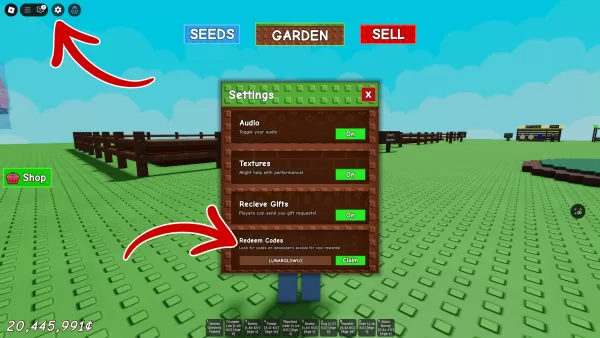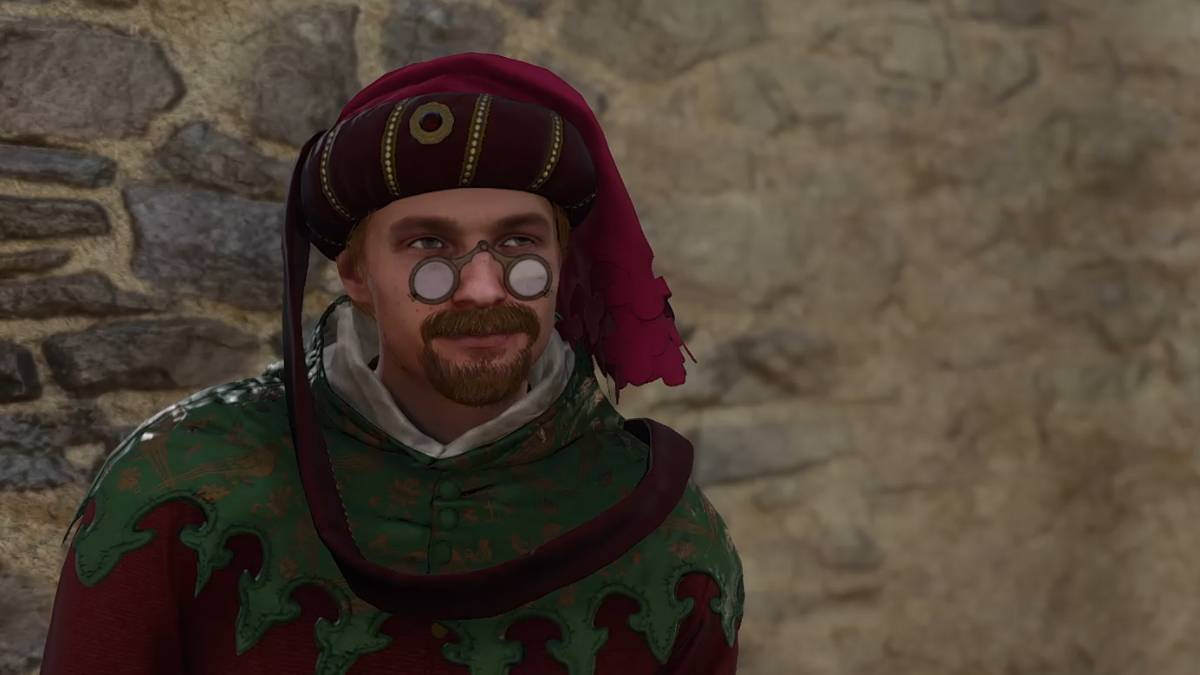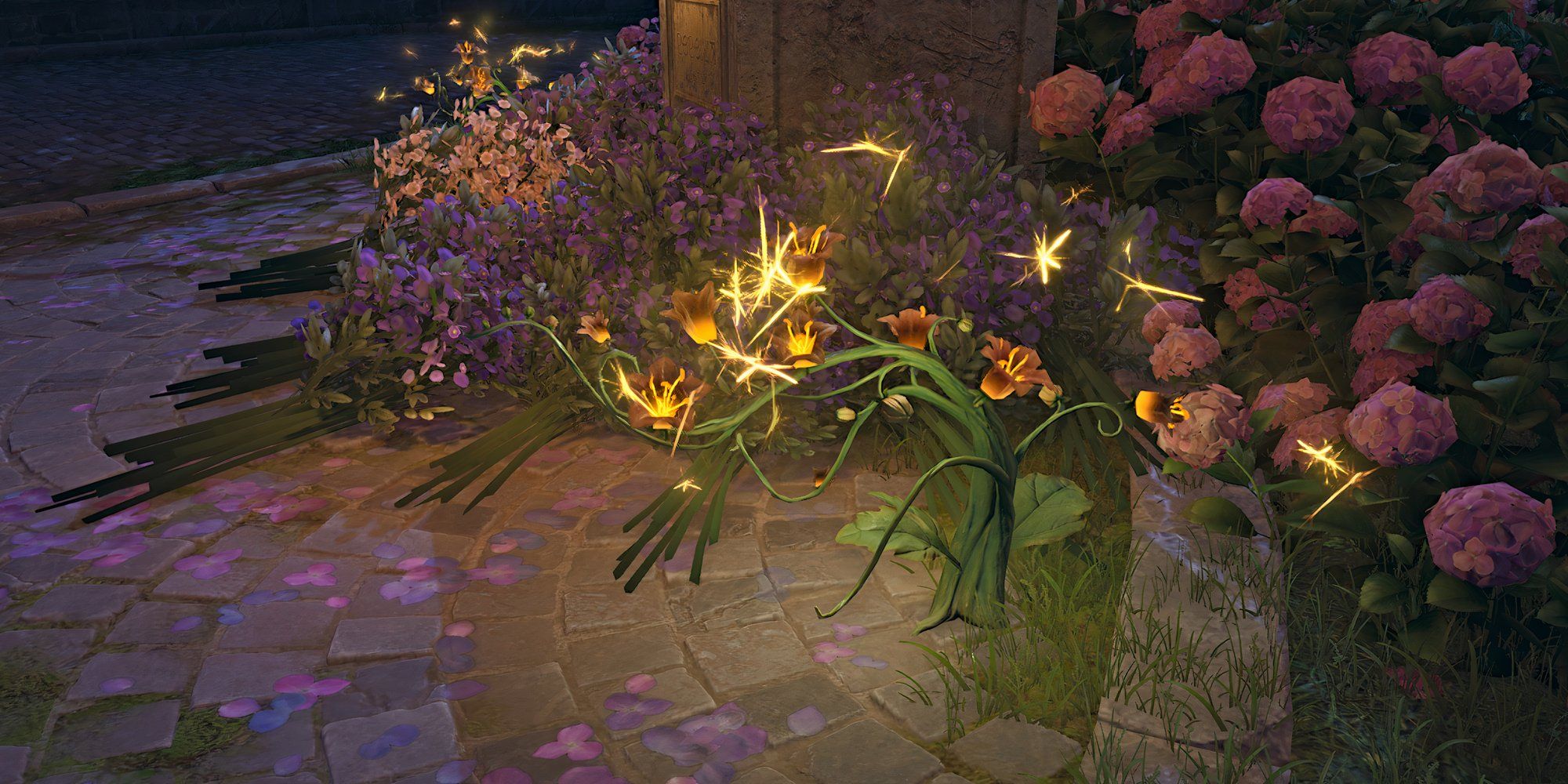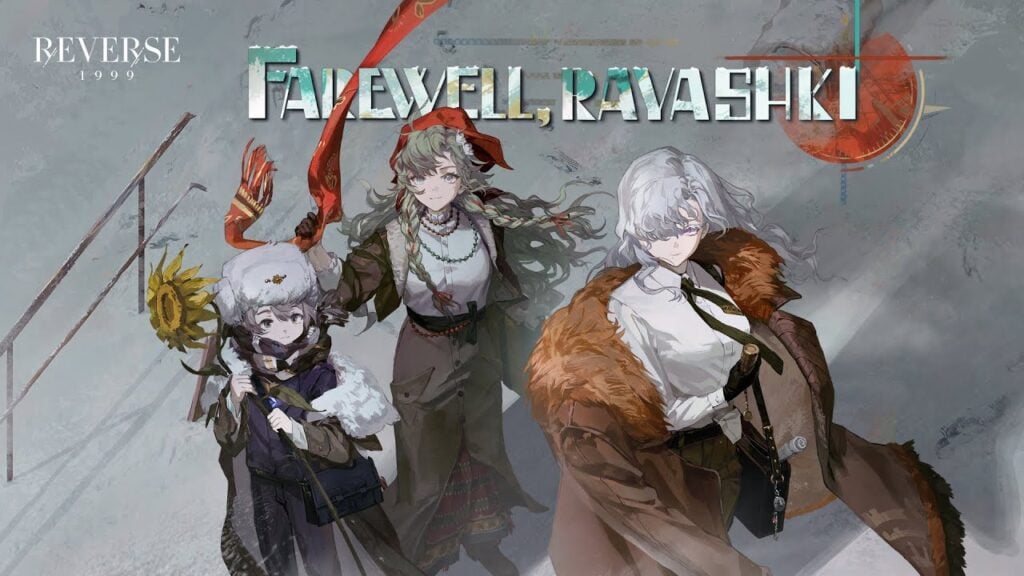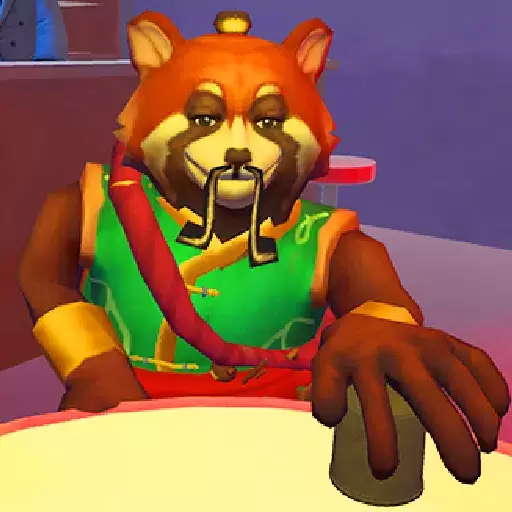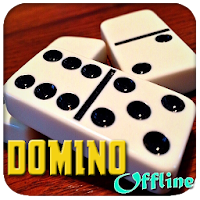Unlike typical survival horror games that focus on external threats, the Silent Hill series delves into the inner psyche, bringing personal fears and trauma to life through the town's supernatural influence. This psychological depth distinguishes it within the genre, offering players a unique experience filled with symbolism and complex narratives that can be challenging to fully comprehend. However, the game's creators have thoughtfully embedded clues throughout the series to aid in interpretation. This article explores the deeper meanings behind the creatures encountered in the games, with a warning that spoilers lie ahead.
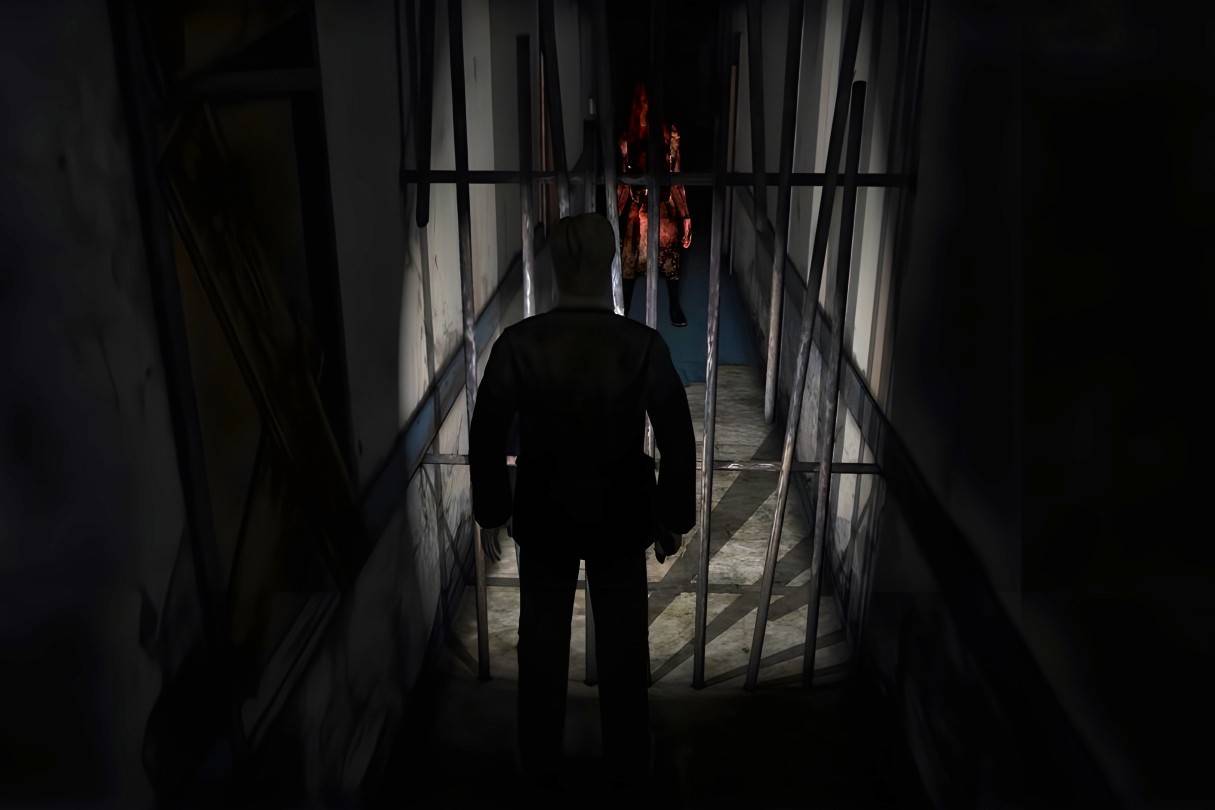 Image: ensigame.com
Image: ensigame.com
Table of Contents
- Pyramid Head
- Mannequin
- Flesh Lip
- Lying Figure
- Valtiel
- Mandarin
- Glutton
- Closer
- Insane Cancer
- Grey Children
- Mumblers
- Twin Victims
- Butcher
- Caliban
- Bubble Head Nurse
Pyramid Head
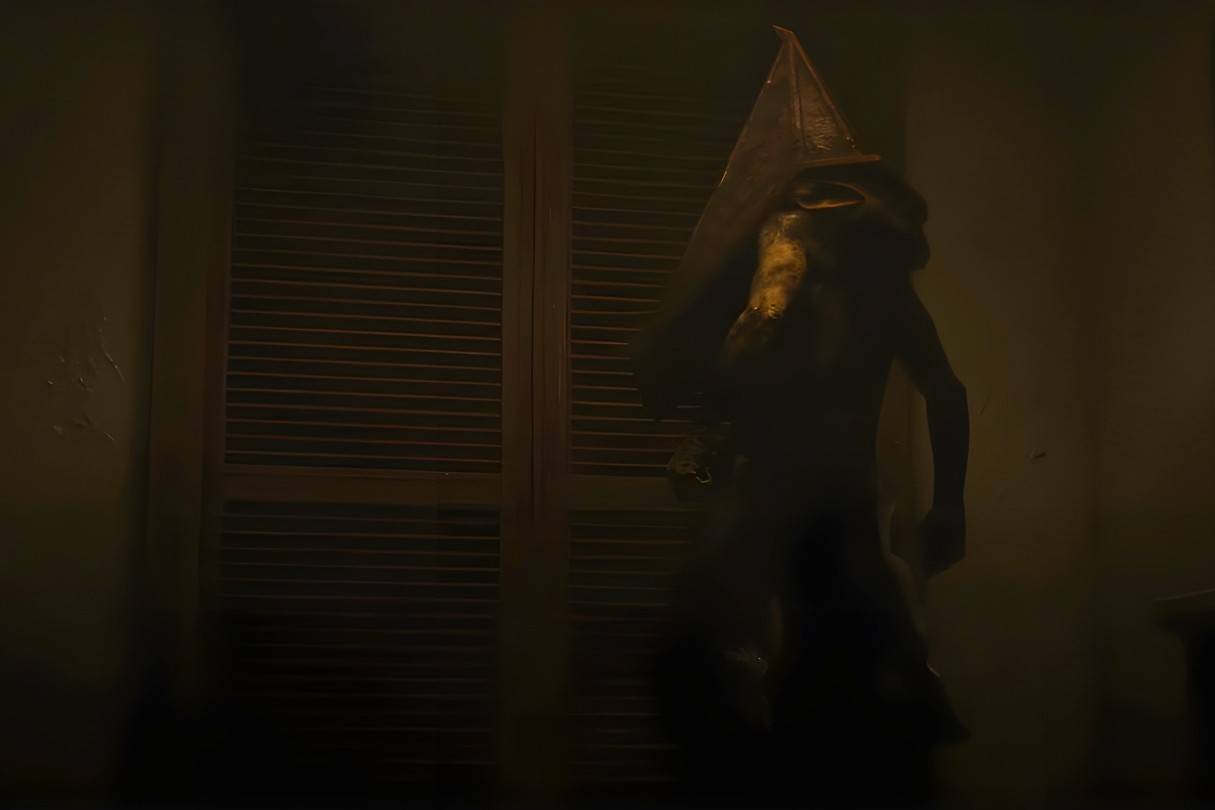 Image: ensigame.com
Image: ensigame.com
Introduced in Silent Hill 2 (2001), Pyramid Head is a haunting manifestation of protagonist James Sunderland's guilt and inner turmoil. Crafted by Masahiro Ito, the character's unique hand structure was a creative response to PS2 hardware limitations, optimizing polygon count while preserving expressive movement. Takayoshi Sato describes Pyramid Head as a "distorted memory of the executioners," symbolizing Silent Hill's dark history of capital punishment. This creature not only punishes James but also mirrors his subconscious need for retribution.
Mannequin
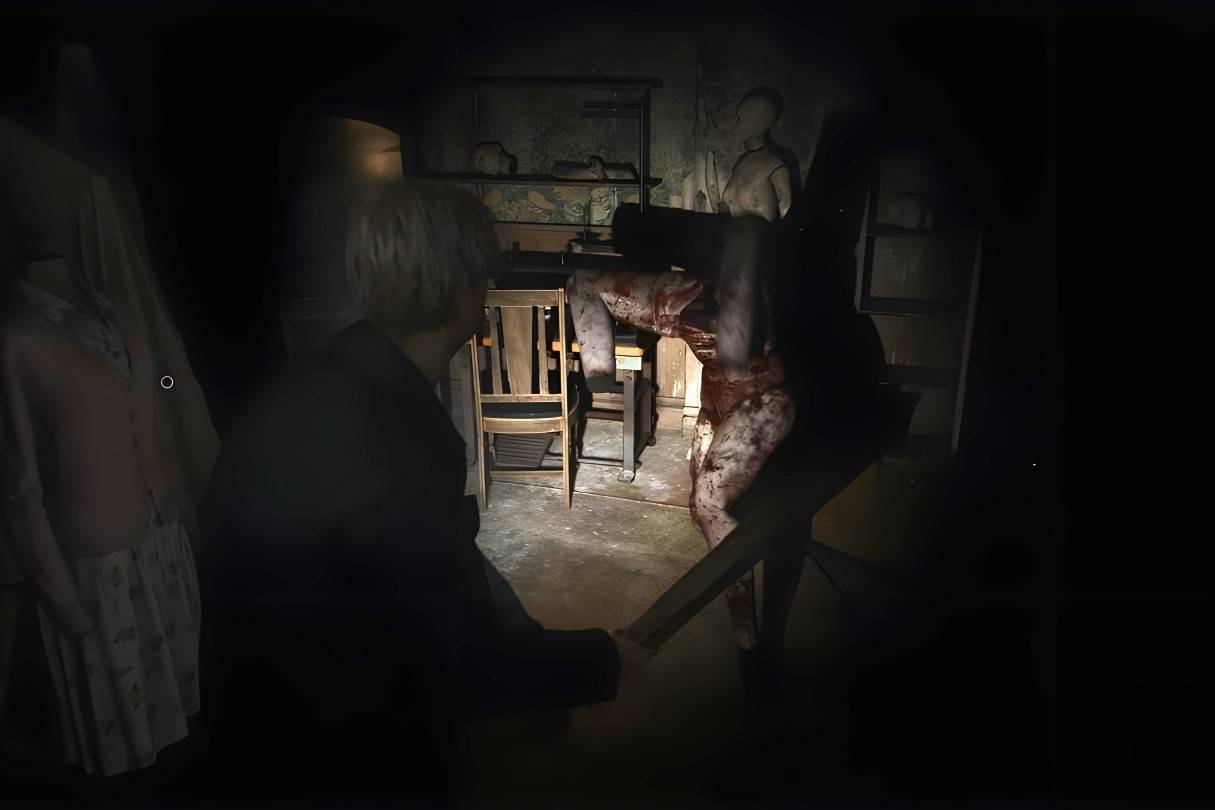 Image: ensigame.com
Image: ensigame.com
The Mannequins, also from Silent Hill 2, are one of nine manifestations of James Sunderland’s subconscious, symbolized by the nine red squares. Masahiro Ito drew inspiration from Japanese folklore to design these creatures, which represent James' repressed memories of his wife Mary's illness. Their leg braces evoke the orthotic devices Mary used, and the tubes on their bodies recall hospital imagery. Rooted in Freudian psychoanalysis, the Mannequins embody James' conflicting urges and guilt.
Flesh Lip
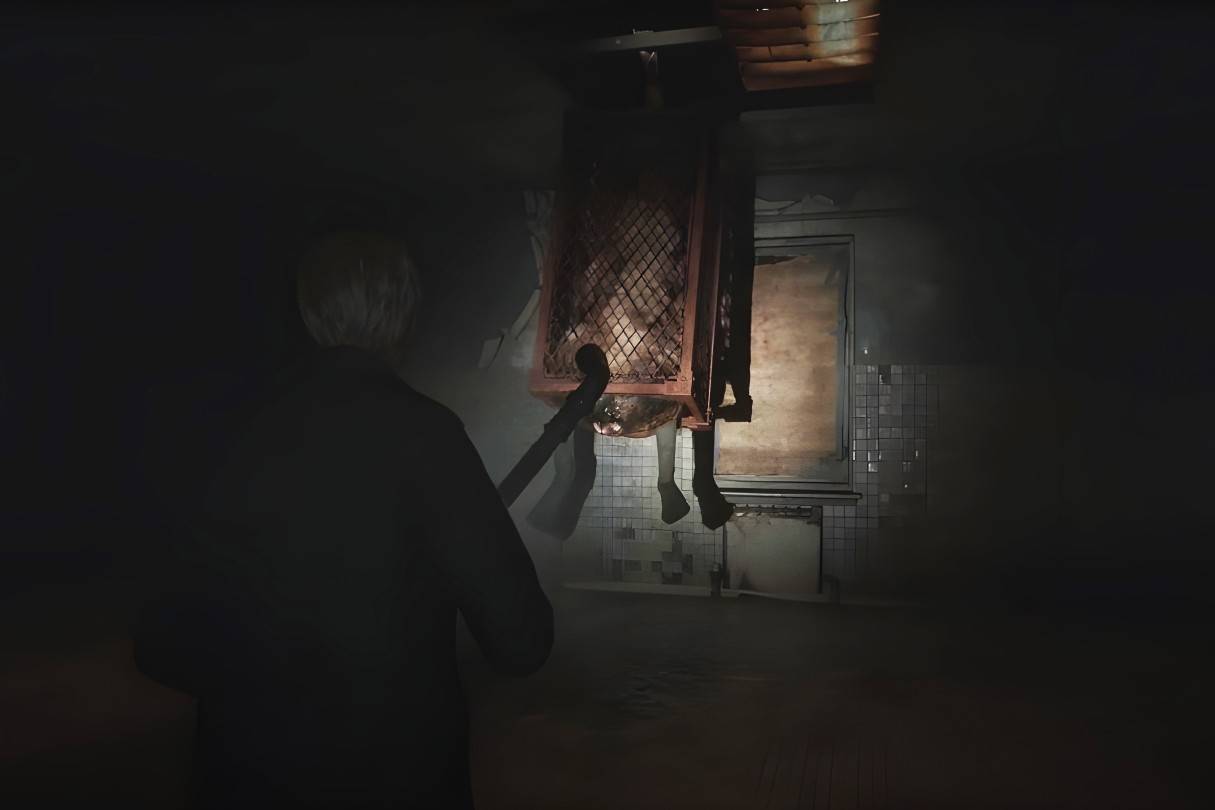 Image: ensigame.com
Image: ensigame.com
Flesh Lip, debuting in Silent Hill 2, represents James' memories of Mary's sickbed. Designed by Masahiro Ito, its appearance draws from Isamu Noguchi’s Death (Lynched Figure) and Joel-Peter Witkin’s Man with No Legs. Its later appearances include Silent Hill: Book of Memories (2012). The creature's hanging form and raw flesh symbolize Mary's illness, with the mouth on its abdomen reflecting her verbal abuse during her final days. Notably, Silent Hill 2 introduces creatures with mouths only after Flesh Lip appears, emphasizing James' confrontation with painful memories.
Lying Figure
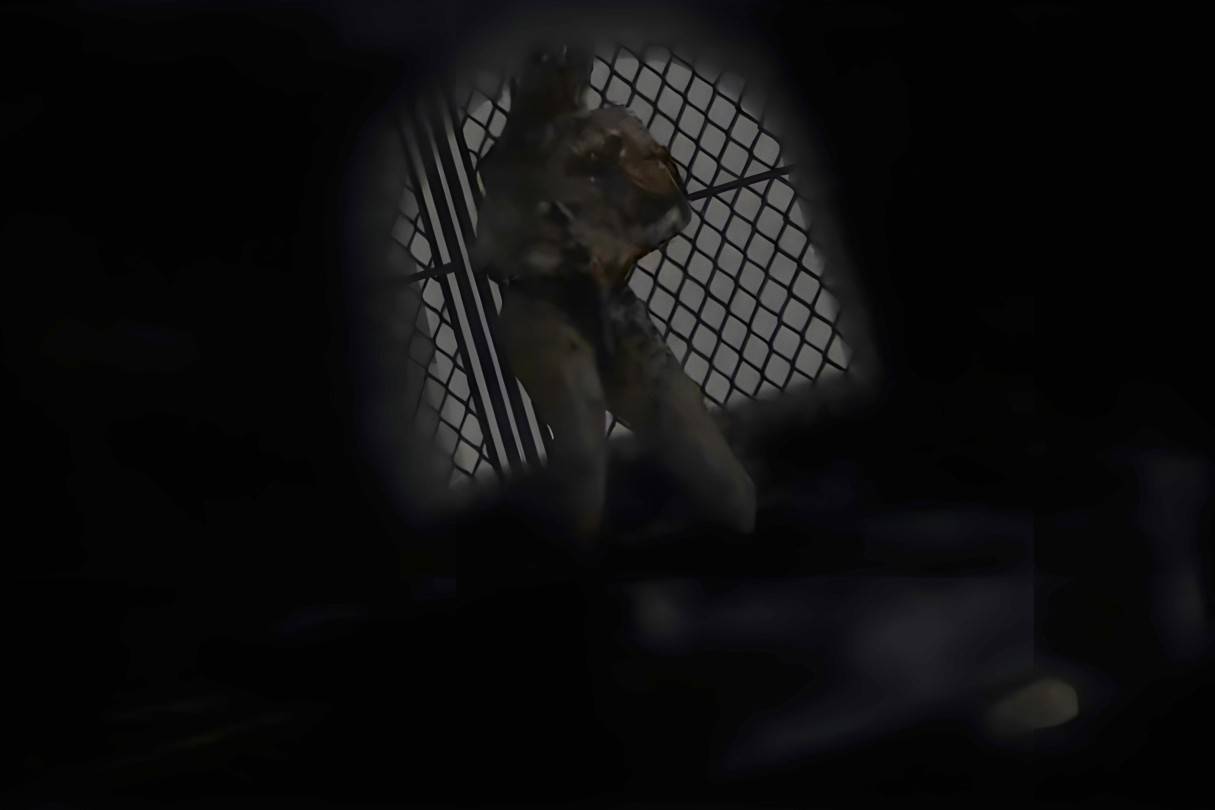 Image: ensigame.com
Image: ensigame.com
The Lying Figures, first encountered by James in Silent Hill 2, embody his repressed guilt and memories of Mary’s suffering. Their twisted, writhing bodies suggest hospital patients in agony, while their upper torsos resemble body bags, symbolizing death. The name "Lying Figure" refers to both Mary’s sickbed and her corpse, reinforcing the theme of death and suffering.
Valtiel
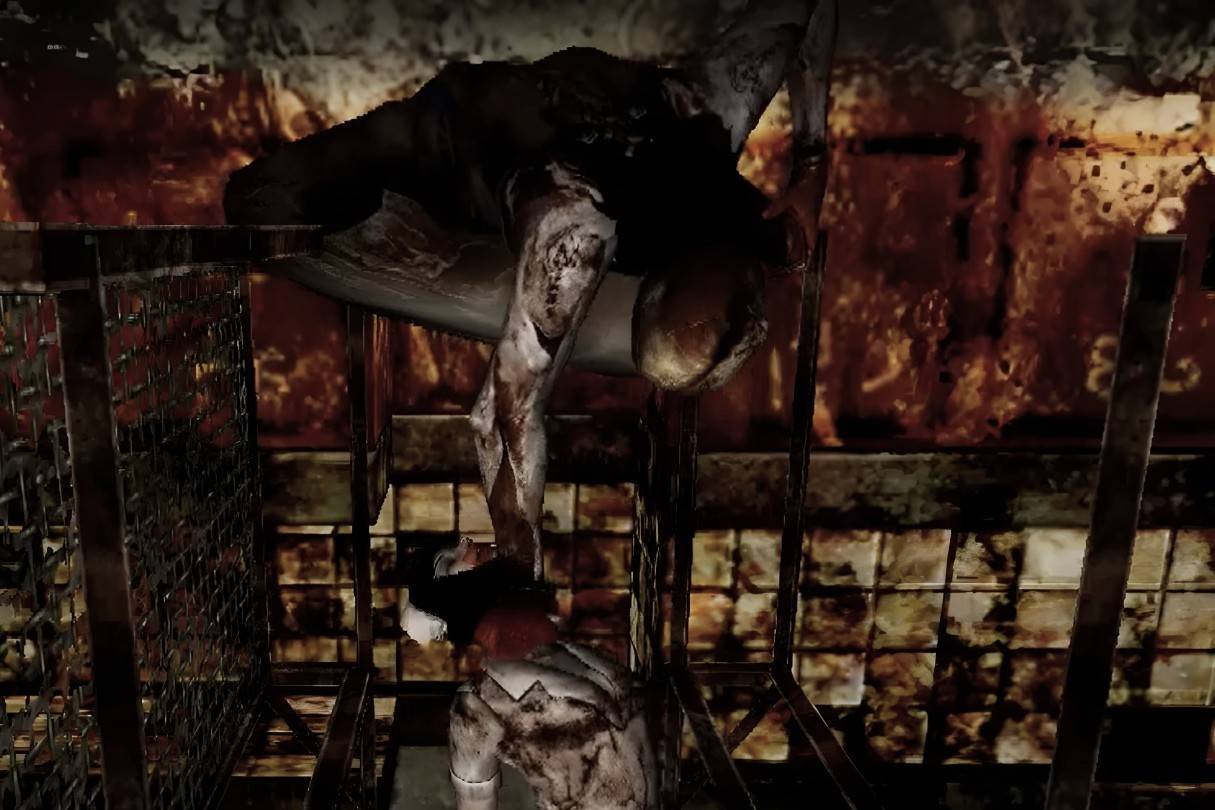 Image: ensigame.com
Image: ensigame.com
Valtiel, introduced in Silent Hill 3 (2003), is tied to the town's cult, the Order. His name, a blend of "valet" and the angelic suffix "-el," suggests "Attendant of God." Unlike most creatures, Valtiel is not a subconscious manifestation but an independent being serving God. His surgeon-like appearance reinforces his role as a midwife overseeing Heather’s transformation into the "mother" of God.
Mandarin
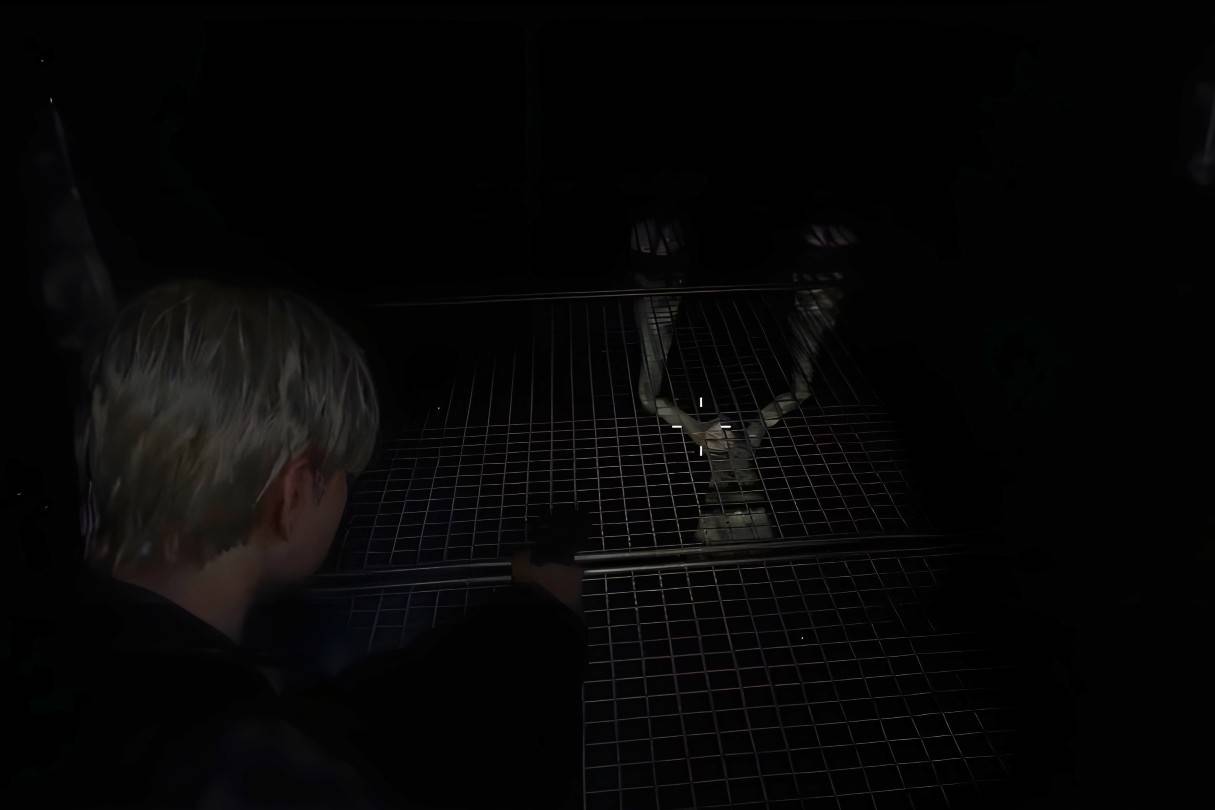 Image: ensigame.com
Image: ensigame.com
Mandarins, from Silent Hill 2, embody James' anguish and memories of Mary’s suffering. Suspended beneath metal grates, they attack with tentacle-like appendages. Their orifice-like mouths align with the game’s recurring "mouth" motif, symbolizing Mary’s inner turmoil and anger. Confined below ground, Mandarins reflect James' subconscious desire to escape his guilt and pain.
Glutton
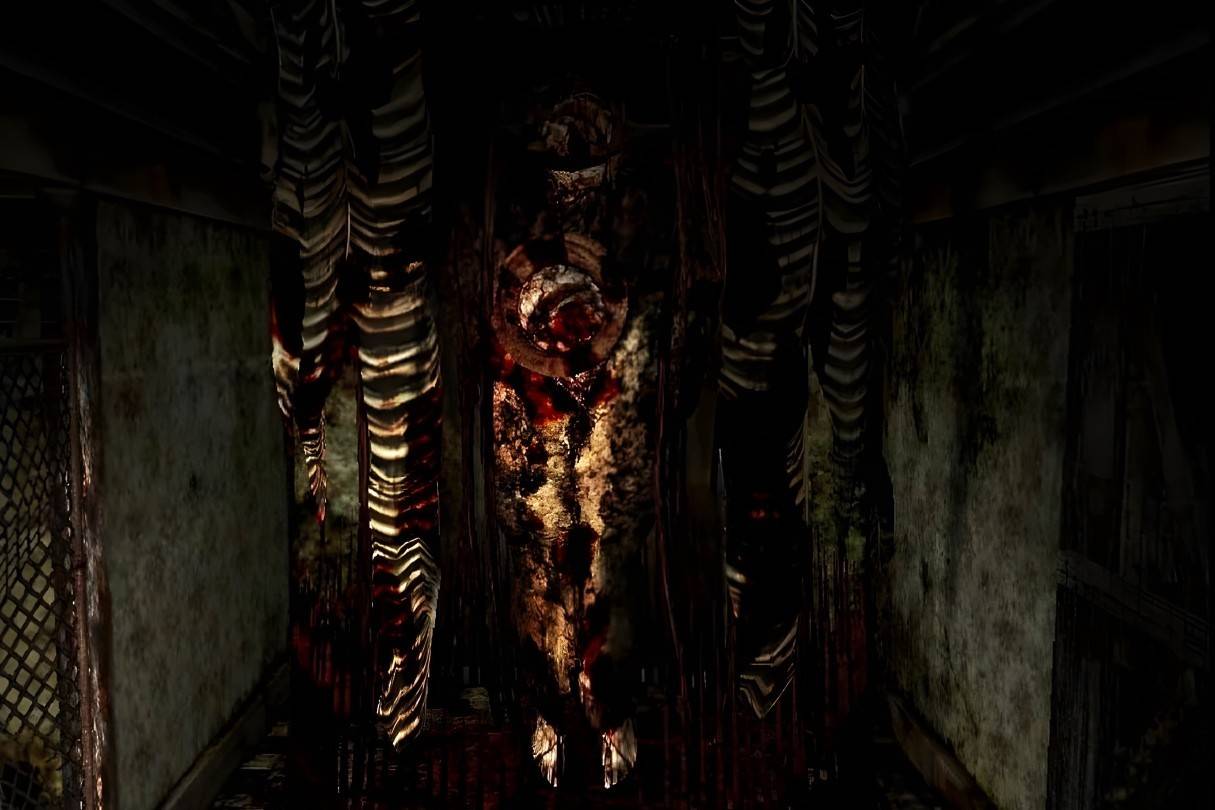 Image: ensigame.com
Image: ensigame.com
The Glutton, featured in Silent Hill 3, is a massive, immobile creature that blocks Heather Mason’s path. Though not directly threatening, it serves as a significant obstacle. Referenced in Lost Memories: Silent Hill Chronicle, the Glutton is linked to the fairytale Tu Fui, Ego Eris, symbolizing helplessness against fate, mirroring Heather’s struggle. The story’s resurrected priestess parallels Heather, who, as Alessa Gillespie’s reincarnation, returns to confront her past.
Closer
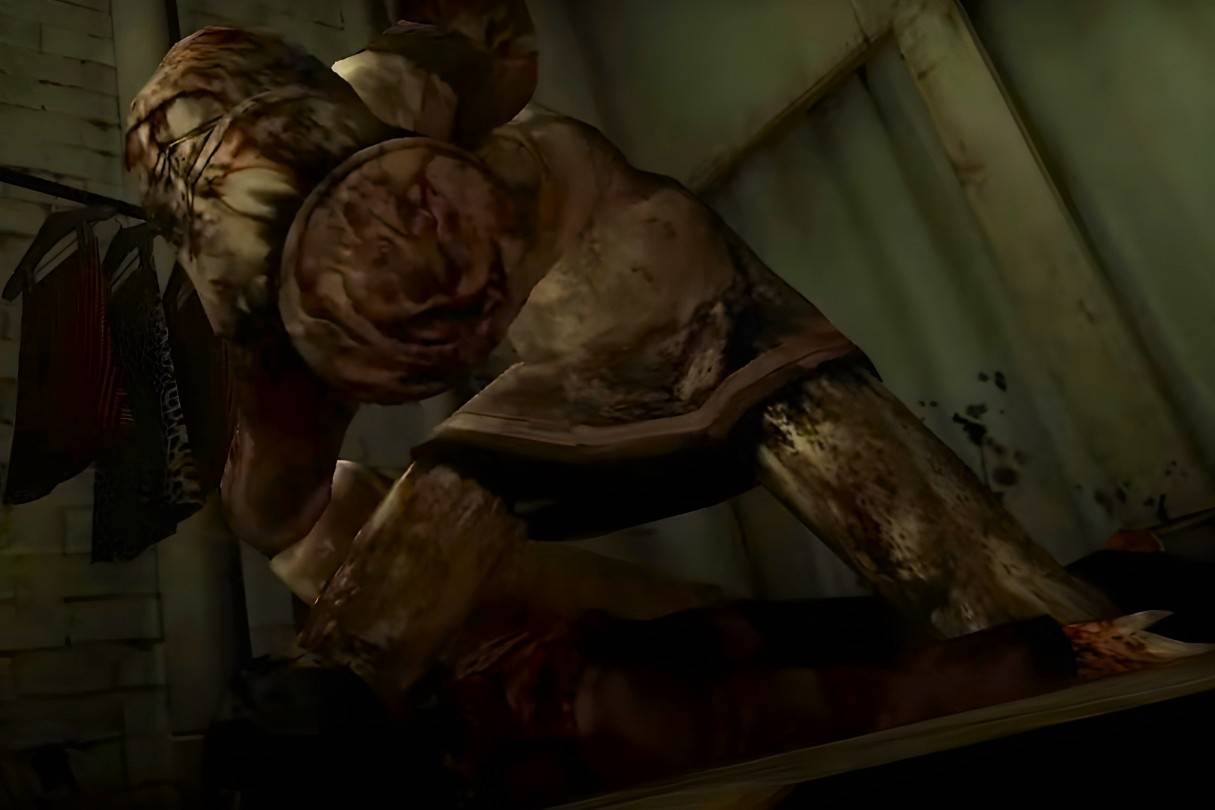 Image: ensigame.com
Image: ensigame.com
The Closer, first seen in Silent Hill 3, is the first monster Heather encounters outside her dream. A towering figure with stitched arms and twitching lips, it exudes menace and attacks with hidden blade-like protrusions. According to Lost Memories: Silent Hill Chronicle, its name refers to its ability to block paths, symbolizing obstruction and confrontation.
Insane Cancer
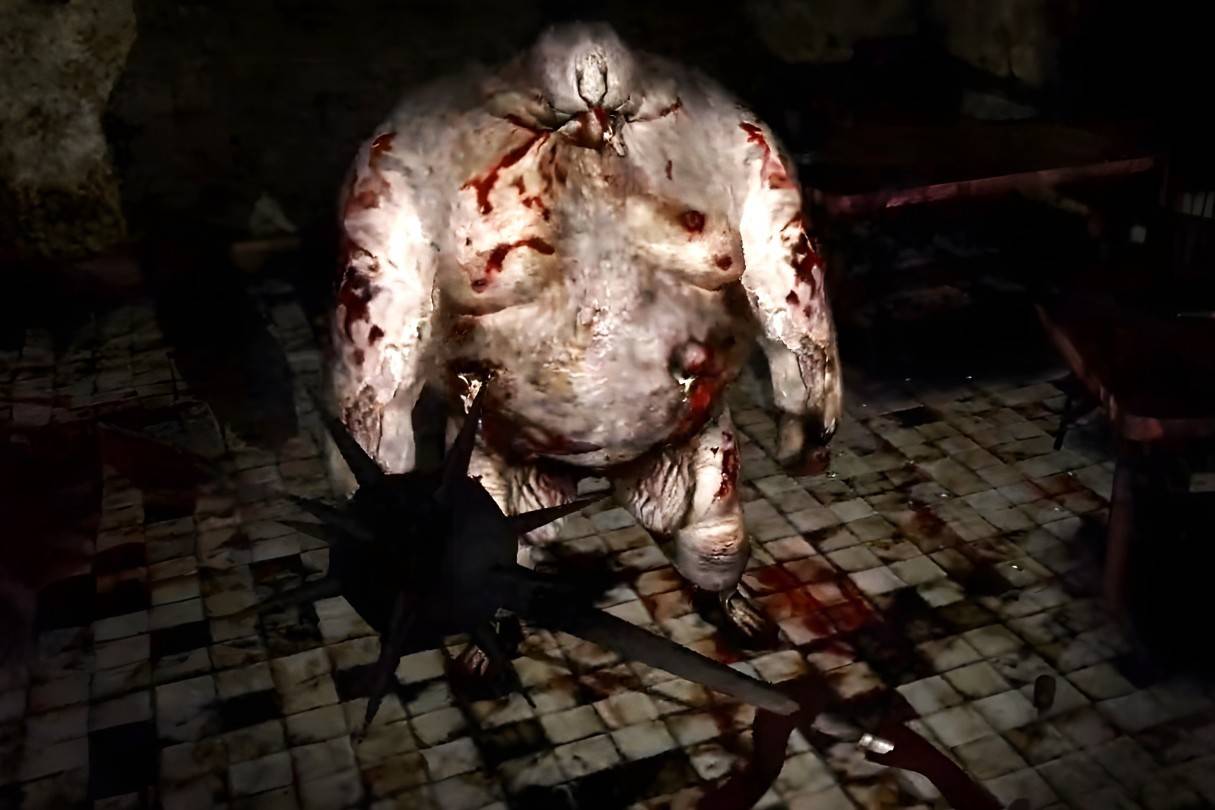 Image: ensigame.com
Image: ensigame.com
Insane Cancer, introduced in Silent Hill 3, reflects disease and corruption. Its grotesque, tumor-like form may symbolize Silent Hill’s spreading evil or Alessa Gillespie’s lingering self-loathing, seeing herself as an inescapable "cancer." Its deceptive mimicry of death mirrors Alessa’s condition—thought dead by many but kept alive against her will.
Grey Children
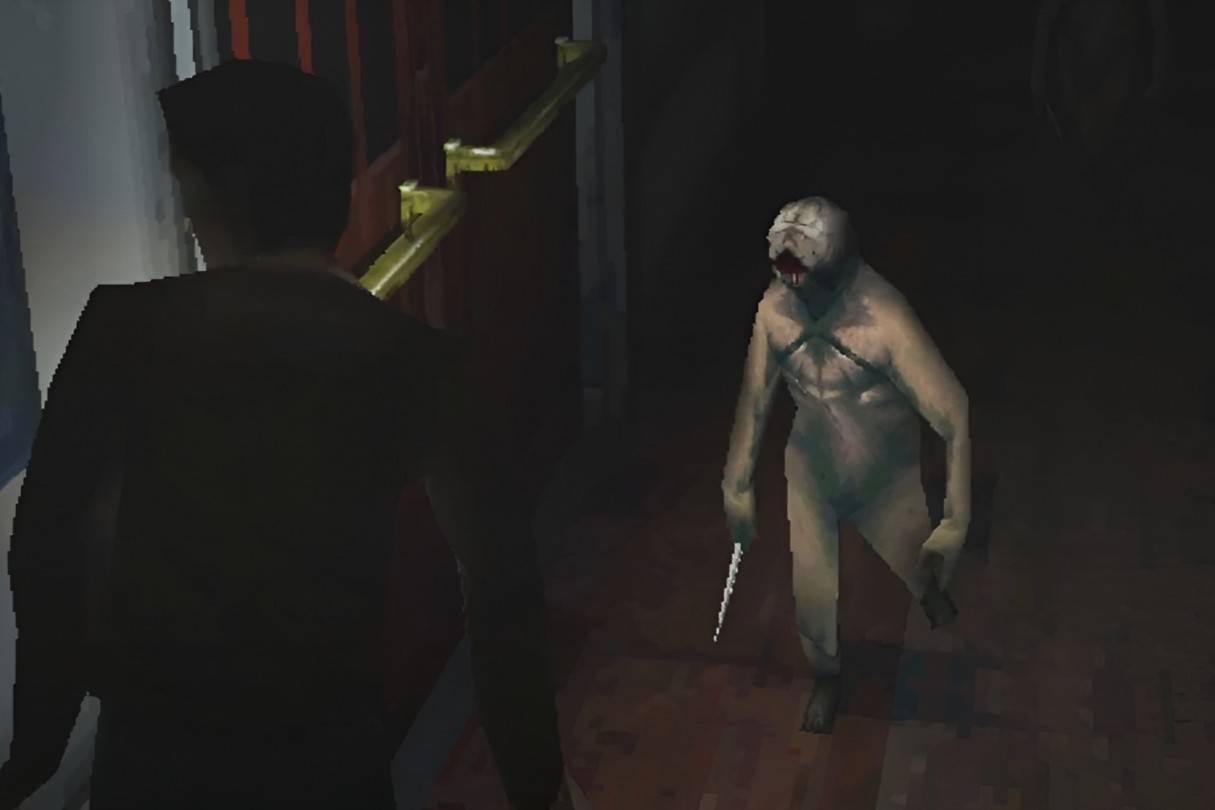 Image: ensigame.com
Image: ensigame.com
Grey Children, or Demon Children, first appear in Silent Hill (1999). They manifest from Alessa Gillespie’s trauma, representing her classmates who bullied her before her immolation by the cult. Trapped in an eternal childhood, they suffer the same torment Alessa endured, their burning appearance reflecting her pain and revenge.
Mumblers
 Image: ensigame.com
Image: ensigame.com
Mumblers, introduced in Silent Hill (1999), embody the dark reinterpretation of menacing animals and demons from the fairy tales Alessa read as a child, reflecting her fears and distorted imagination.
Twin Victims
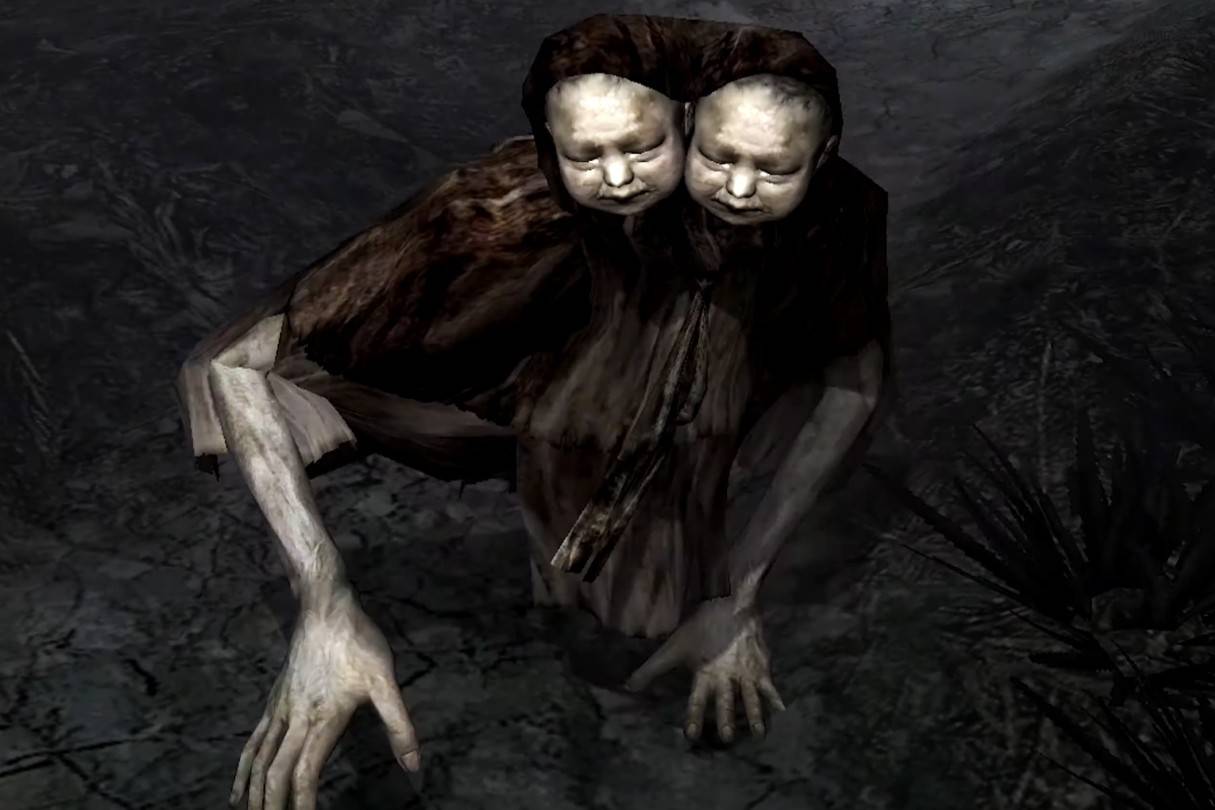 Image: ensigame.com
Image: ensigame.com
Also known as Doublehead, Twin Victims appear in Silent Hill 4: The Room, representing Walter Sullivan’s seventh and eighth victims, twins Billy and Miriam Locane. Their conjoined nature may symbolize Walter’s obsessive attachment to his mother, reflecting the game’s theme of distorted familial bonds.
Butcher
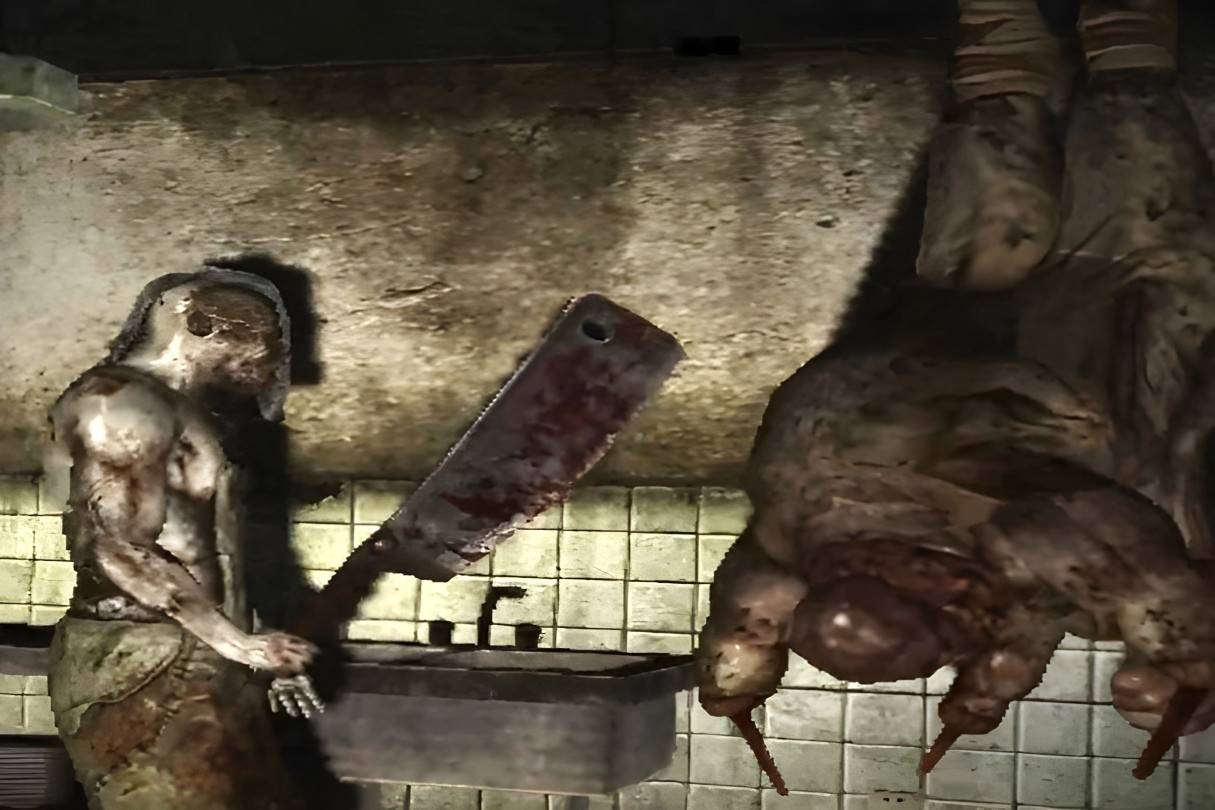 Image: ensigame.com
Image: ensigame.com
The Butcher, a major antagonist in Silent Hill: Origins, represents cruelty and sacrifice, reflecting the Order’s brutal rituals and Travis Grady’s inner rage. His emotionless slaughter mirrors Travis’ potential for violence, influencing the game’s Bad ending. The blurred connection between Travis and the Butcher suggests a split personality, with the helmet symbolizing duality—one side blind yet protected, the other exposed and vulnerable.
Caliban
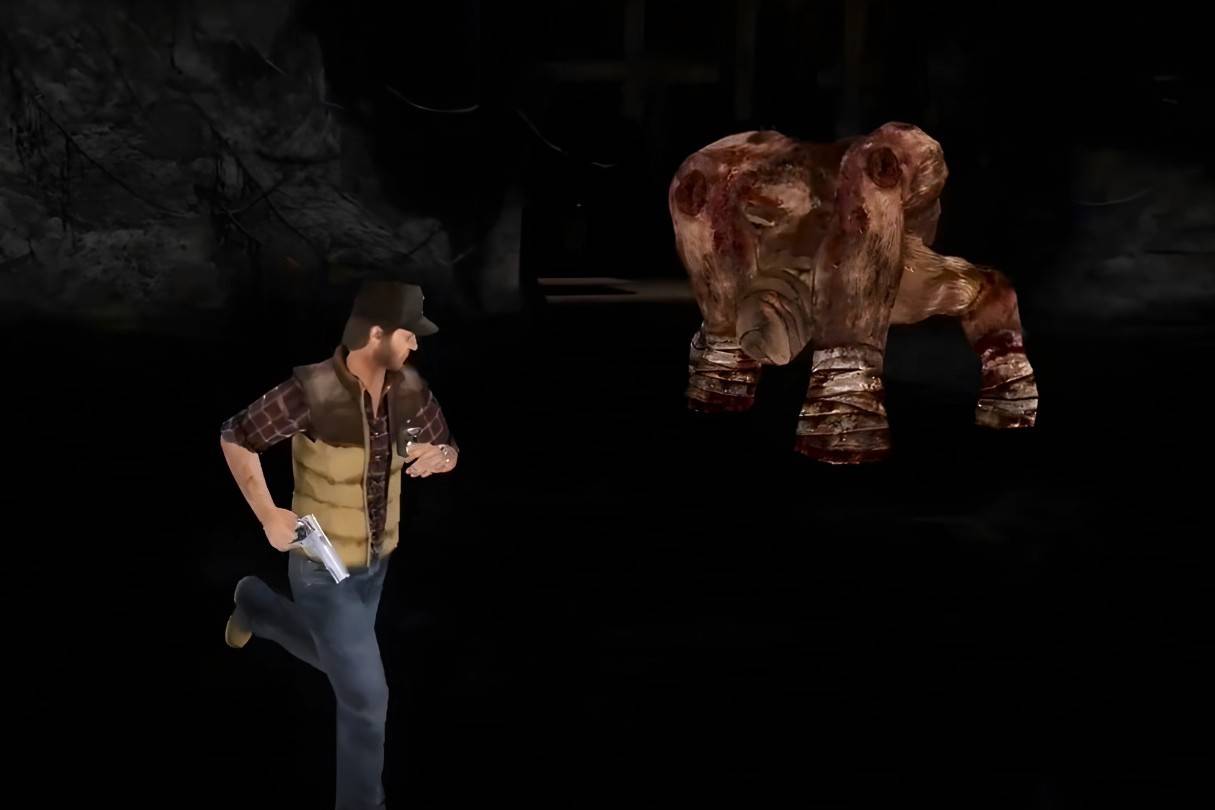 Image: ensigame.com
Image: ensigame.com
Caliban, a monster in Silent Hill: Origins, draws its name from Shakespeare’s The Tempest, symbolizing Alessa’s fears, particularly her fear of dogs. An audio flashback in the game reinforces the connection, with one of Caliban’s monologues featured, shaping the Otherworld’s horrors.
Bubble Head Nurse
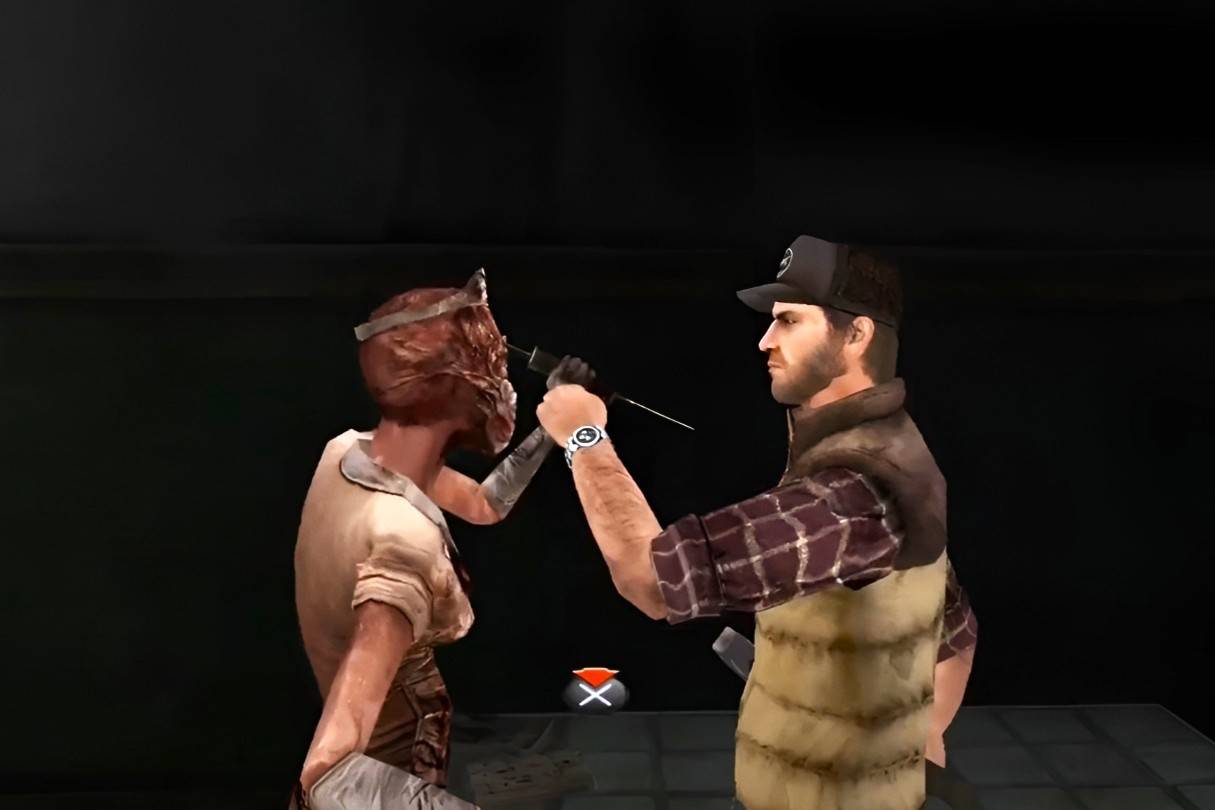 Image: ensigame.com
Image: ensigame.com
The Bubble Head Nurse, from Silent Hill 2, manifests James Sunderland’s subconscious, symbolizing his guilt and repressed desires. Their swollen, twitching heads, wrapped in liquid-filled masks, represent Mary’s illness and suffocation. The baby-like facial features allude to James and Mary’s lost dreams of having a child, while the red squares over their mouths reflect Mary’s anger and verbal abuse. An Otherworld variant, a late addition to the game, features tattered clothing and spikes, serving as a distorted reflection of Mary’s suffering.
The monsters of Silent Hill serve as more than just enemies—they are psychological manifestations of fear, guilt, trauma, and repressed emotions. Each creature embodies unique symbolism, deeply tied to the protagonist's subconscious struggles and the town’s dark influence. From James Sunderland’s guilt-driven hallucinations to Alessa Gillespie’s nightmarish creations, these monsters reflect personal suffering and psychological torment. Their haunting presence reinforces a signature blend of psychological horror, making the series a masterpiece of unsettling storytelling and deep symbolism.

 Latest Downloads
Latest Downloads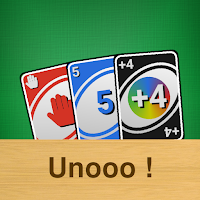
 Downlaod
Downlaod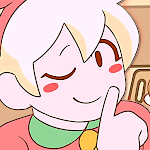
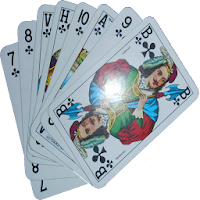


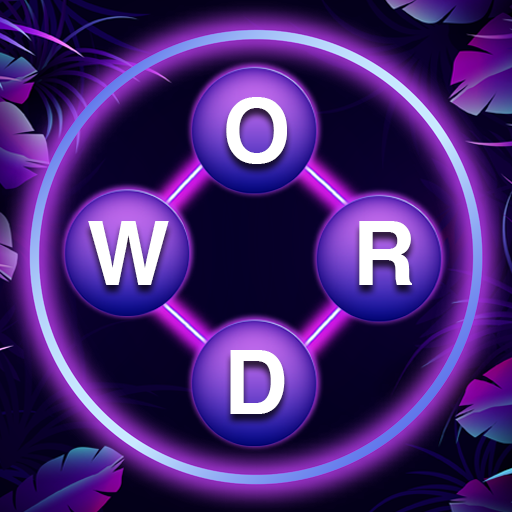
 Top News
Top News